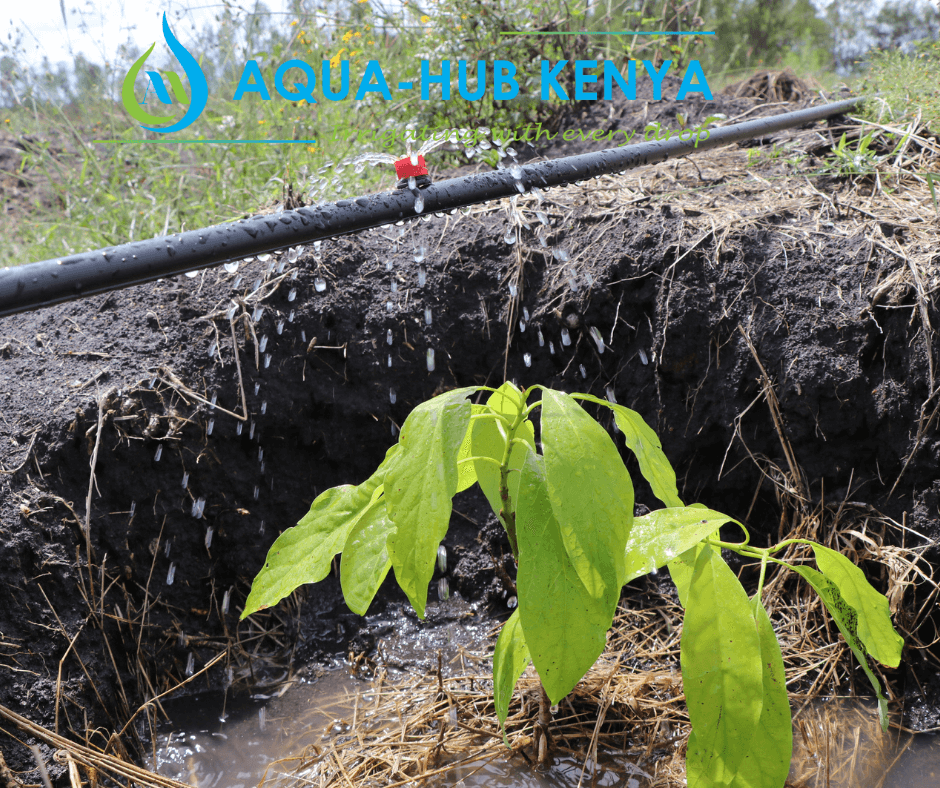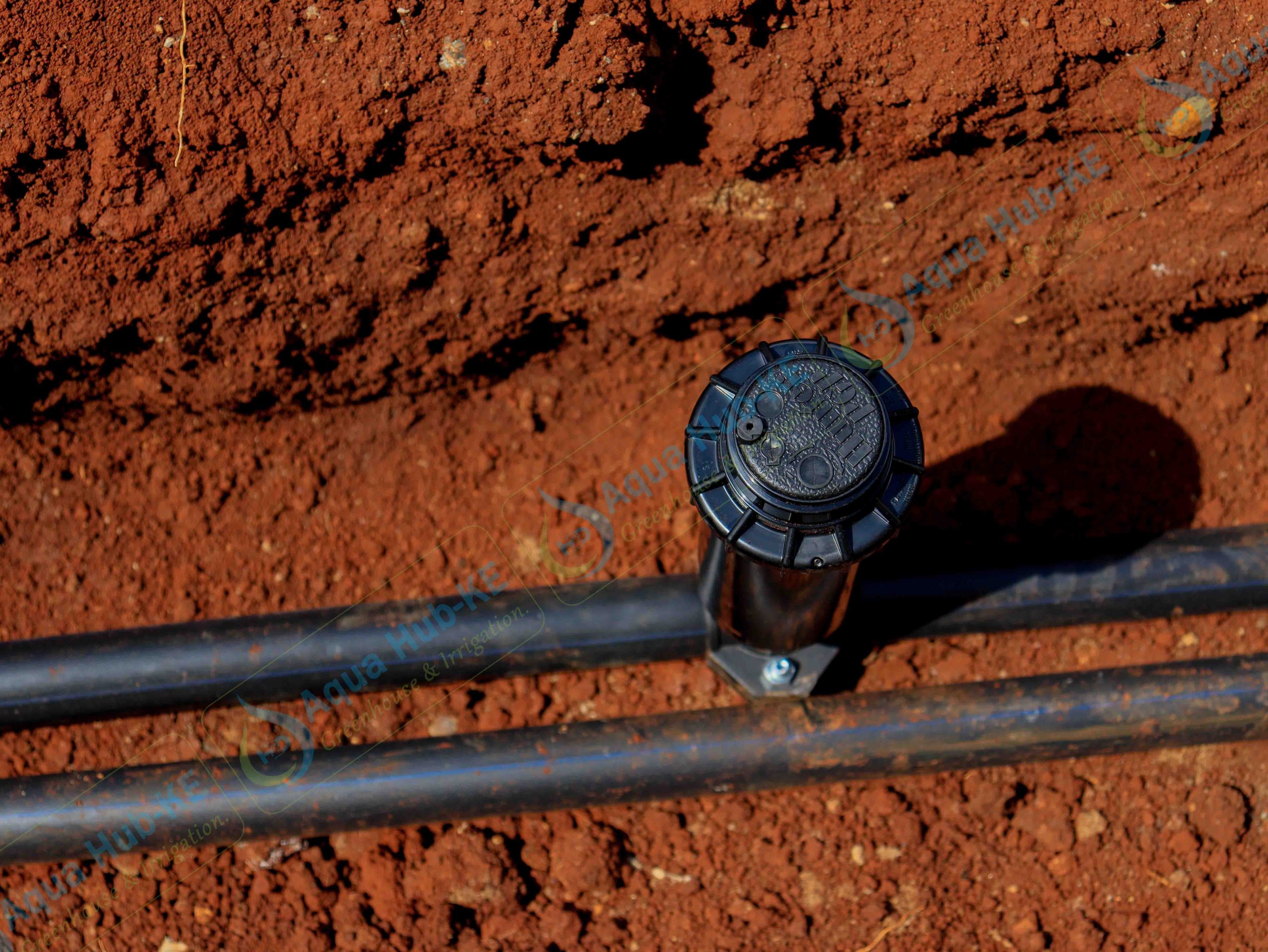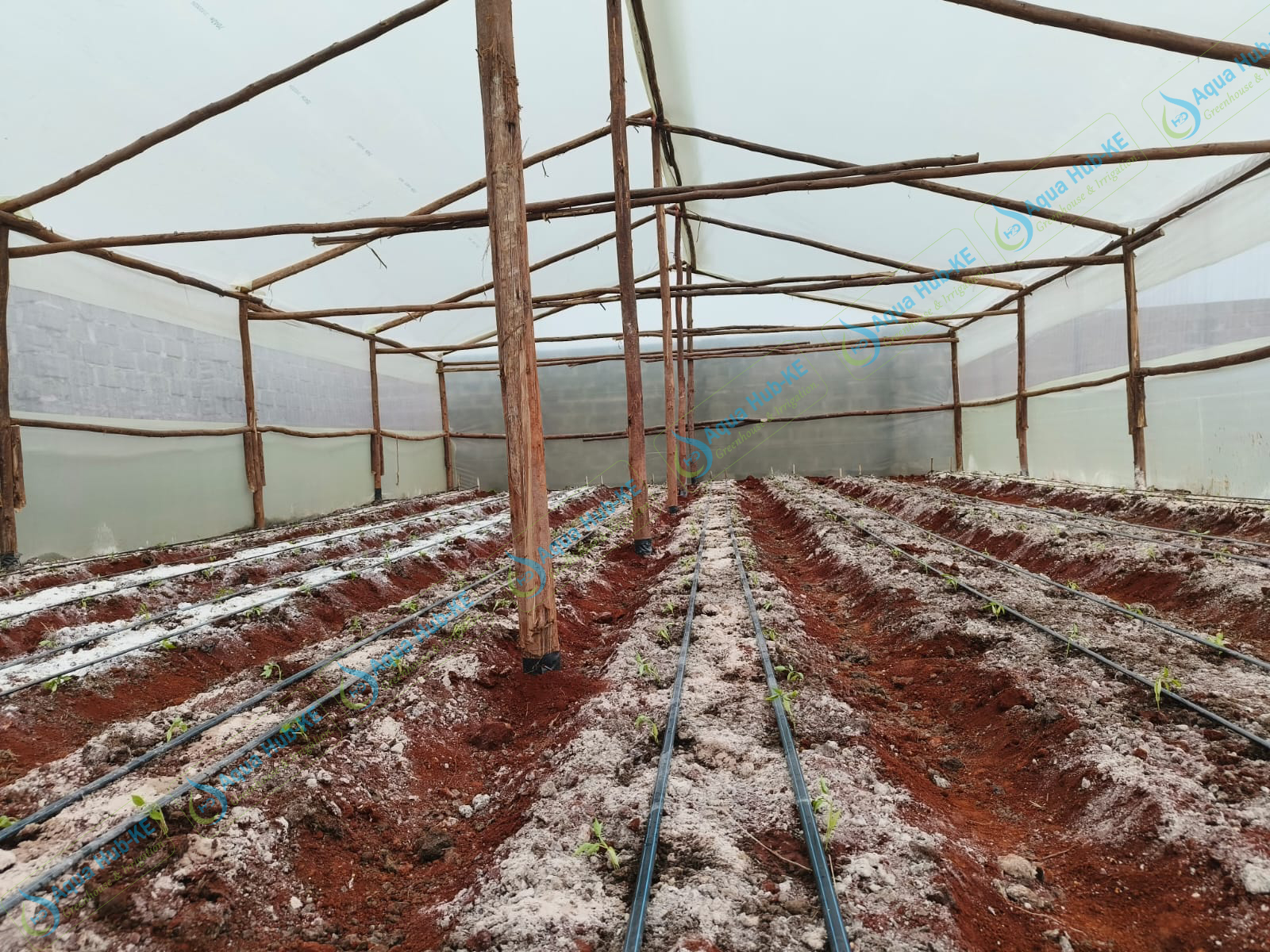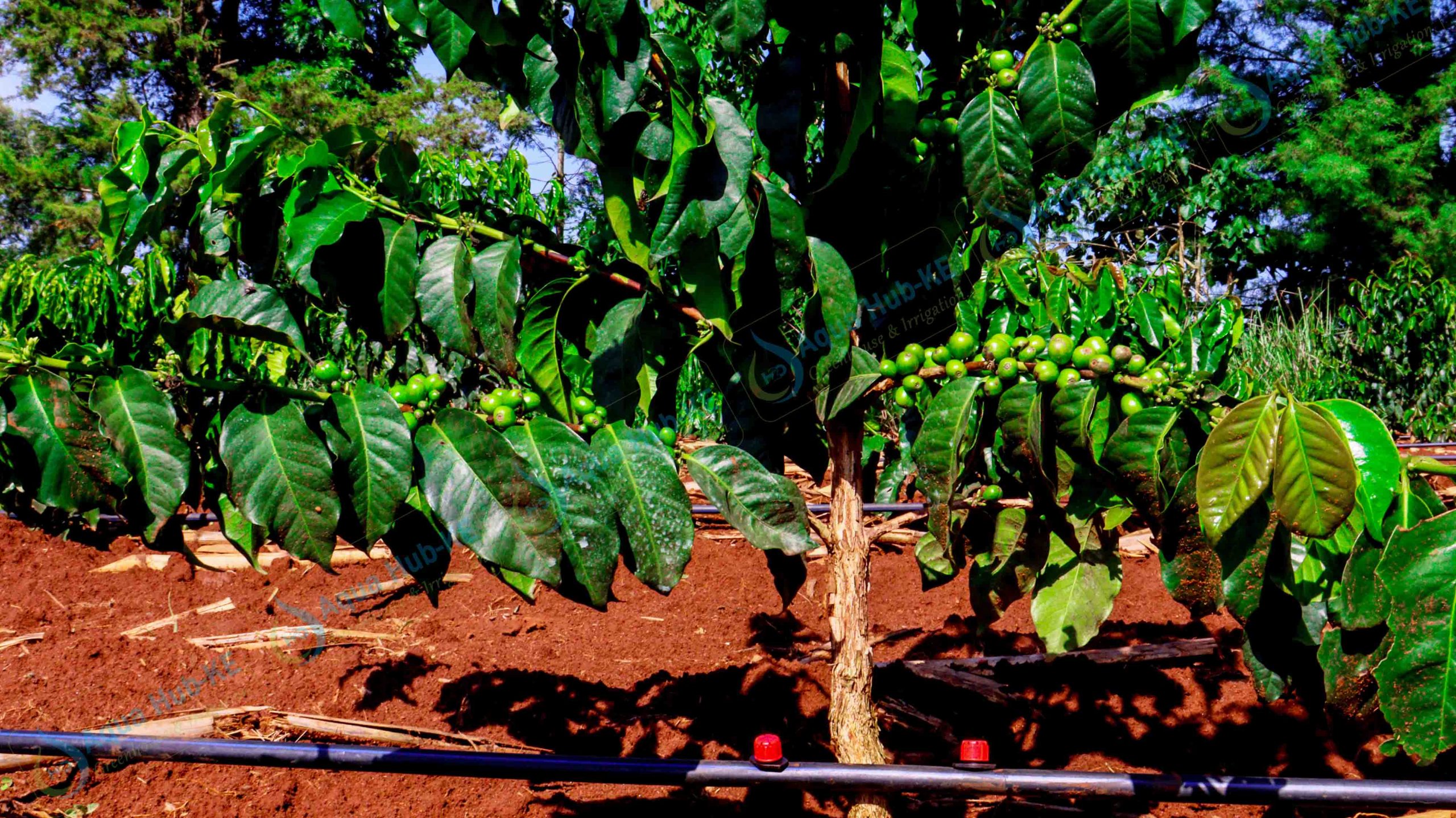Your plants receive a constant, smooth water flow with button drip irrigation. Designed to make sure that significant pressure changes only cause a gradual change in the flow to the plants. Button drop emitters are therefore employed. As tiny throttles, button drip emitters have this purpose. Maintaining a steady flow rate. The emitter controls and decreases the amount of water that is released. For orchards, biennials, perennials, hedges, and forest trees, we provide button drip irrigation. Every tree receives the appropriate amount of water from the drippers. By putting a perforation in the 16mm HDPE pipe, these drippers will be attached to the HDPE pipe at the foot of the tree or other crops.
What makes button drip irrigation?
Irrigation emitters or drippers are used in the button drip irrigation system. The emitters used for irrigation are button emitters. The button dripper is made of polyethylene plastic and is available in packets or in individual pieces. The normal wall thickness is between 1 and 1.3 millimeters. Thicker walled tapes are typically used for temporary type systems in high-value crops, whereas thicker walled drippers are typically used for permanent underground drip irrigation.
One liter of water per hour to more than 60 liters of water per hour can be released by a button dripper. Water is used effectively and economically thanks to this outflow. The dependability of the drip irrigation system and the quality of the irrigation water directly depend on the quality of the drip system emitters. The drip irrigation system’s drippers are sometimes referred to as the “heart” of the irrigation system as a result. Once more, there are numerous ways to classify water drippers.
What are button drippers?
Button drippers are irrigation equipment that is frequently used to give water to plants at relatively low rates. In general, they are drip emitters that assure water supply to the plants beneath their canopies (below the stem). Button drippers are available in a variety of colors. Specifically, black, green, blue, red, and green. Even if they come in different colors, their efficiency is the same. Colors have no effect on the operation and are just used for identification. Button drippers are new equipment for drip irrigation systems that may release water from main pipes at rates ranging from 1 liter per hour to more than 60 liters per hour.
Because of their flexibility to release water at varying rates, they are ideal for agricultural crops such as passion fruits, oranges, mangoes, tomato plants, avocados, lawn watering, tree nurseries’ banana trees, and a variety of other industries. The specification of a button dripper is critical for an irrigation engineer since it helps anticipate water requirements for crop development throughout the entire season. This estimation also aids in water sourcing in the event of scarcity.
How to install button drip irrigation
To insert the emitters, drill a hole in the drip pipes. The barbed emitter inlet is then inserted into the orifice and secured with the barb. Because of its elastic structure, the poly drip tube extends around the barb before tightening around its stem. The secret is to make sure that the diameter of the barb stem is less than the diameter of the tubing hole you’re punching. If the hole is larger than the barb stem, it will not close, resulting in a leak.
The emitter manufacturer’s specific punch should be used since it will create a proper-sized hole in the tubing. In the absence of a proper hole punch, an ice pick or even a nail can occasionally be used. However, ensure the punch’s diameter does not exceed the stem of the emitter barb. Make sure you just punch a hole on one side of the tube since it’s quite simple to pass completely through one side and out the other.




